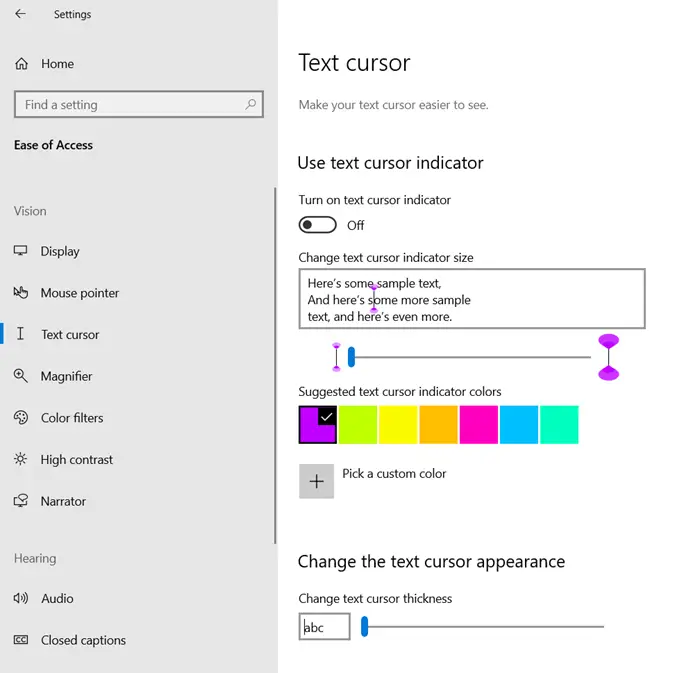

The cursor is not shown on the screen if the internal cursor display count is less than zero.

If the class cursor is not NULL, the system restores the class cursor each time the mouse is moved. If your application must set the cursor while it is in a window, make sure the class cursor for the specified window's class is set to NULL. In systems without a mouse, the window should restore the previous cursor before the cursor leaves the client area or before it relinquishes control to another window. A window should set the cursor shape only when the cursor is in its client area or when the window is capturing mouse input. The cursor is set only if the new cursor is different from the previous cursor otherwise, the function returns immediately. If there was no previous cursor, the return value is NULL. The return value is the handle to the previous cursor, if there was one. If this parameter is NULL, the cursor is removed from the screen. The cursor must have been created by either the CreateCursor or the CreateIconIndirect function, or loaded by either the LoadCursor or the LoadImage function. With such notes and colored tabs, people can easily understand they are not in use and avoid referring the unused tabs mistakenly.Sets the cursor shape. In that case, you can make the color of those unnecessary tabs black and leave a note in the file that black tabs are not used.

As another example, you may have unnecessary sheets in your file but want to keep them just in case. For example, you can color a revenue summary sheet in red and its back-data sheet in light red, and make the tab color of a cost sheet green, etc. We recommend that you use similar colors for a group of relevant tabs. You can quickly tell what type of sheet you are working on even if you have multiple sheets in a file. It is useful to differentiate tabs by coloring tabs in different kinds of colors. Why do you change tab color in Google Sheets? In this article, you will learn how to change tab color in Google Sheets.


 0 kommentar(er)
0 kommentar(er)
